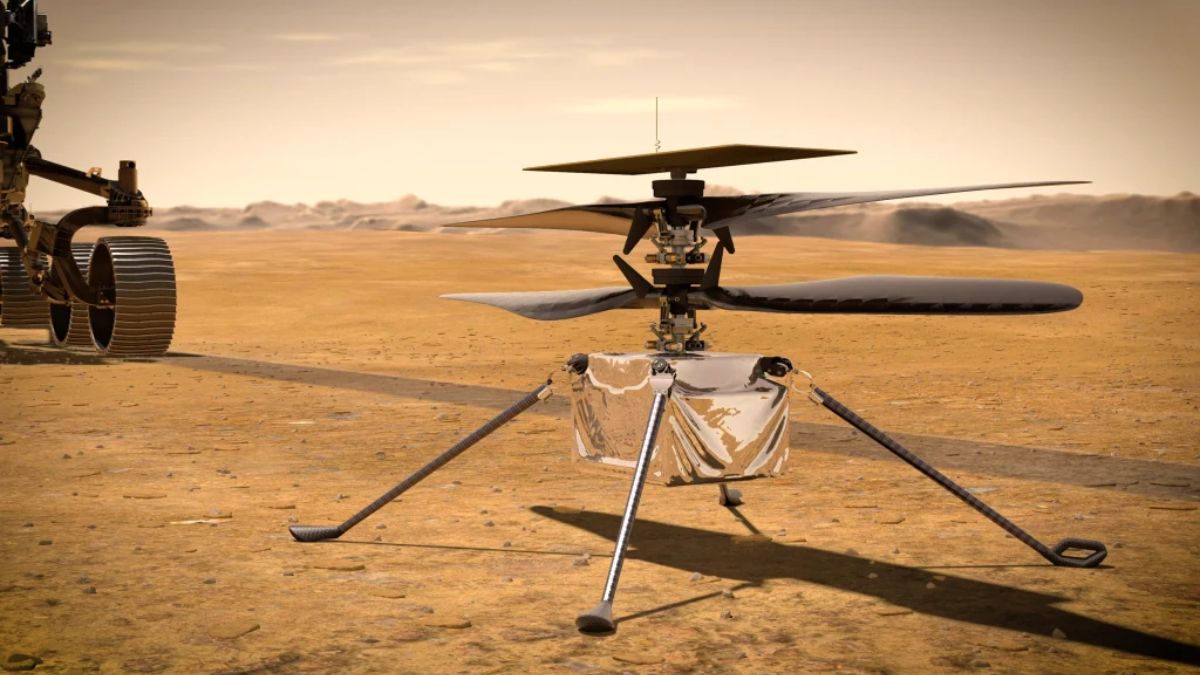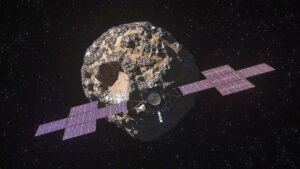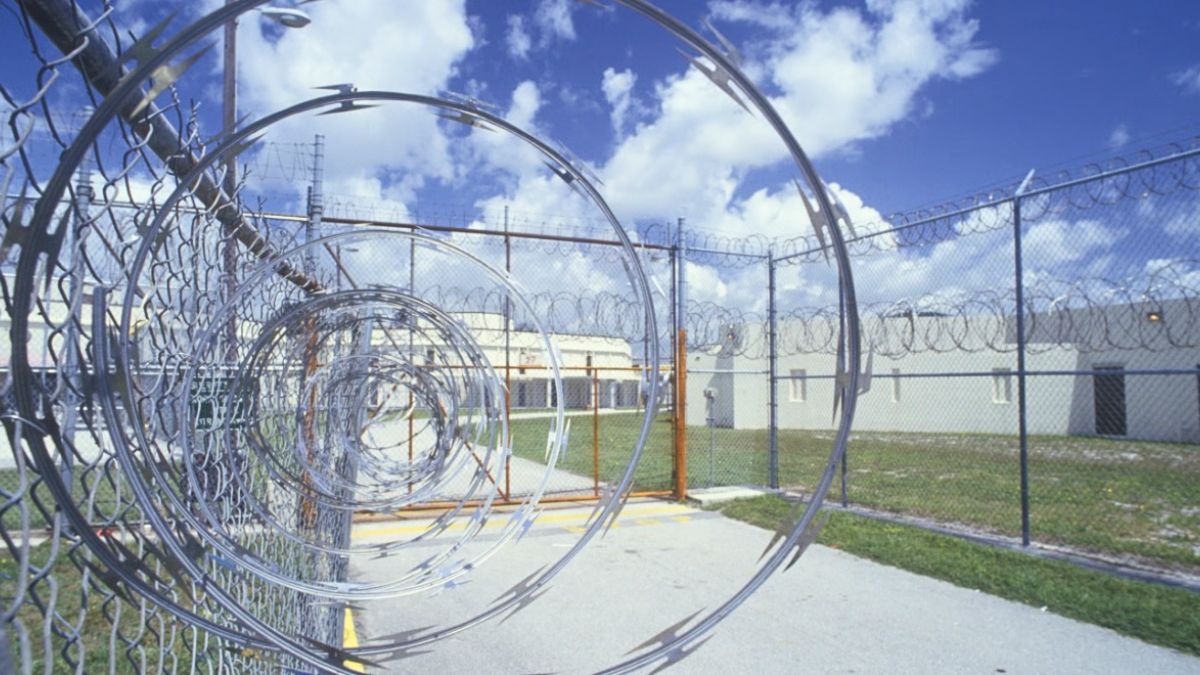Nope, it’s not the next James Bond flick—Skyfall is NASA’s newest space concept that’s turning heads. Picture this: a spacecraft hurtling into Mars’ atmosphere, and instead of deploying one lander or rover… it releases six helicopters mid-descent. Sound like science fiction? It’s not. It’s a real plan in the works—and it could change how we look into the Red Planet forever.
Let’s break down what Skyfall is all about, how it works, and why it’s such a big deal.
Idea
Skyfall is still in the concept stage, but it’s already creating a buzz. The mission would release six autonomous drones from a descending mothership directly into the Martian atmosphere. That means no landing platform, no multi-step landing process, and fewer chances for failure.
The idea is to cut costs, simplify descent, and cover way more ground than traditional rovers ever could. And all that with a fleet of small, cheap, and coordinated flying robots.
Origin
Skyfall owes everything to Ingenuity, the little Martian helicopter that surprised everyone in 2021. It was supposed to fly just once or twice. Instead, it stayed on Mars for three years and completed 72 successful flights.
That tiny tech demo turned into a blueprint for the future.
Now, AeroVironment—the company behind Ingenuity—is pushing forward with Skyfall. They’re scaling up the idea: more drones, more missions, and a lot more exploration. The lessons from Ingenuity prove that flight on Mars works, and Skyfall wants to take that to the next level.
Maneuver
So, how would this “Skyfall Maneuver” work?
As the mothership enters Mars’ thin atmosphere, it would release all six helicopters mid-descent. No complicated touchdown. No unfolding robotic arms. The drones would deploy straight into action, ready to explore even before the dust settles.
This cuts out risky and costly steps in the landing process and saves a ton of weight—one of the most valuable currencies in space travel.
Purpose
These helicopters won’t just be flying around for fun. Their mission would be to:
- Map Martian terrain
- Search for signs of water or ancient life
- Pinpoint safe landing sites
- Identify hazards before future human missions
It’s like giving Mars a full aerial scan before humans even arrive.
And because they’re small and fly in a coordinated group, they can cover much more ground than a single rover. It’s all about doing more with less.
Status
Now for the catch—Skyfall is not yet approved.
AeroVironment is funding the early stages privately and hopes to launch in 2028. But like most space projects, it all depends on funding. And with recent budget cuts to NASA, especially under the Trump administration, the future is a little shaky.
To put it into perspective: NASA’s Jet Propulsion Laboratory recently had to auction off satellites to save cash. Not exactly a sign of a fully funded space program.
Advantage
While some space agencies are going big—designing SUV-sized helicopters with multiple rotors—Skyfall is doing the opposite: smaller, lighter, and cheaper. The goal is teamwork, not size. Each drone will have a specific task, and together they’ll function as a coordinated squadron.
It’s a smarter way to look into Mars without the bulk or budget of a massive rover mission.
Vision
Skyfall isn’t just about science—it’s about prepping Mars for humans.
By mapping terrain, spotting danger zones, and helping find water sources, these drones would be helping humans get to Mars safely and smartly. Plus, deploying from the air instead of with a lander means we leave less junk on the surface, making the mission cleaner and more sustainable.
Future
Sure, there are still questions. Can they survive Mars’ cold nights? Will communication delays mess with drone control? And most importantly—can it get funded in time?
But what’s certain is this: Skyfall is one of the most innovative concepts to come from Mars exploration in years. And if it moves forward, we could see a swarm of flying drones buzzing across Mars before this decade ends—setting the stage for the first human footprints on the Red Planet.
FAQs
What is NASA’s Skyfall mission?
A concept to deploy six drones during descent into Mars.
How does Skyfall work?
Helicopters are released mid-descent from a spacecraft.
Is Skyfall approved yet?
No, it’s still a concept awaiting funding and support.
Why use helicopters on Mars?
To map terrain, find water, and aid future human landings.
When could Skyfall launch?
AeroVironment aims for a possible launch in 2028.
























